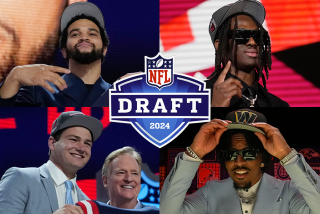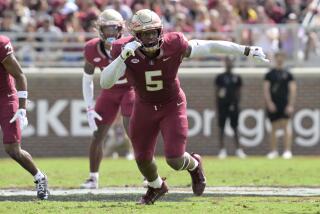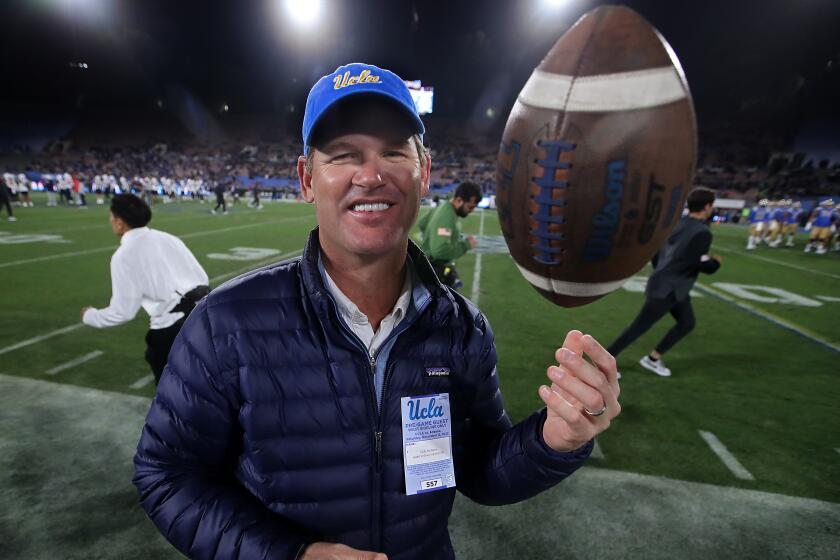It Wasn’t Wrigleyville That Gummed This Up
There’s a big, ugly screen around the edges of Wrigley Field, the kind usually found around tennis courts to keep the balls in and nosy spectators out.
Call it the spite screen, put up by team ownership to get back at a neighborhood that balked at Wrigley expansion plans.
Wrigley Field was the place where I watched my first baseball game. It was a rite-of-passage place for us in the Chicago suburbs. When your parents let you go to Wrigley by yourself, taking the train and the El, trusting you to find your way to and from the game, it was as big as the day you got your driver’s license.
Ernie Banks and Ron Santo were the sporting heroes of my childhood. Who needed championships when you had Mr. Cub and Santo doing his goofy sideways kick after a big play?
For those of us who got our baseball education at Wrigley, change is hard to accept.
It wasn’t a happy day in 1988 when lights went up. In fact my first night game at Wrigley came earlier this week. Say this for progress--the lights weren’t important. The screen was the horror. And it hurts to say this, but my bosses, the Tribune Company, put up the screen.
There is a big, long, politically inspired story about Wrigley, the Tribune, the screen, Mayor Daley, Soldier Field and why it might not be the best idea for a big media company to own a sports team and a ballpark that an entire city feels is its own.
The Cubs, a.k.a. Tribune Company, would like to add another 1,900 or so bleacher seats to Wrigley, which has the fourth-smallest capacity among major league ballparks. Surrounding Wrigley are old, brick apartment buildings. Once upon a time, the apartment dwellers would lug grills, lawn chairs and a cooler with some cold Old Style beer up to the roof and watch the Cubbies.
Now the apartment building owners have put bleachers on the roofs and sell tickets for up to $125. When the Cubs announced a desire to add more bleachers, the neighborhood dwellers, most particularly the apartment owners of the lucrative rooftops, weren’t happy. These new bleachers, they say, will block rooftop views.
The city, which would need to issue building permits and zoning variances, is having a little fun with the Tribune. The city is siding with the neighbors. The city, especially the mayor, is unhappy because the Chicago Tribune editorial board has been critical of the city’s renovation of Soldier Field, home of the Bears.
In response to the criticism and the laggardly pace of the approval process for its bleachers, the Tribune Company put up the screen.
According to a story in the Tribune, the dark green mesh screen is a security response to Sept. 11. More than 1,000 people who don’t get their bags scanned coming into the park are up on those rooftops and could throw anything they wanted onto the field, according to Tribune Company officials. That’s disingenuous, bordering on a slimy use of the Sept. 11 tragedy.
The screen is for spite.
All those people paying for the roof seats aren’t paying the Tribune for box seats or luxury box seats. They aren’t buying ballpark franks or popcorn or frosted malts or beer or soda. About the lost revenue, the Tribune Company has a point.
But the point the Tribune Company misses is that there is no sports stadium that is more a part of the community around it than Wrigley Field. Wrigley doesn’t just happen to be in Chicago. It is Chicago. It is this symbiosis that is so special.
From the seats inside Wrigley, you hear the clattering El train and smell dozens of restaurants of all ethnicities. You walk outside and your shoes stick to ballpark beer that has spilled onto the sidewalks.
The neighborhood around Wrigley and the ballpark have grown up together into a place known simply as “Wrigleyville.”
The screen is more than spiteful. It is symbolic. It is walling off Wrigley from Wrigleyville.
The corporate Cubs are cutting off their community nose to spite their face.
If the Tribune wants to be part of the Chicago community, the voice of the people, it is doing a terrible job. Whatever unseemly profiteering is happening outside that screen is small potatoes.
And what about the restaurants that have set up shop to serve Cub fans? Should the Tribune put up fences so that baseball patrons can’t get to those restaurants? Because if those restaurants weren’t there, hungry fans would have to buy Wrigley food. Should the Tribune sic armed guards on the souvenir hunters who patrol the streets in hopes of nabbing a home run ball? Shouldn’t the money from those balls go to the Cubs after all? Shouldn’t a valuable piece of memorabilia go to a suit in Tribune Tower? Where do you draw the line?
It is Wrigley Field and the neighborhood that keep the park nearly sold out every year. It is those bleachers on the apartment tops and the vendors and the restaurants. It is the game of finding parking or the fun of taking the El.
It surely isn’t the baseball. The actual product the Tribune Company has put on the field is still awful.
Not that I’ve been asked, but here, for free, are some common-sense commandments for anyone who owns the Cubs.
* Thou shalt not separate Wrigley from Wrigleyville. Not with noxious screens and not with self-righteous statements about who owns what. Being right but being haughty does more harm than good.
* Thou shalt do nothing to remind anyone that Mr. Wrigley doesn’t own the Cubs and the Tribune Company does. Perception is reality. Too many people (helped by the harping from the other newspaper in town) believe the Trib treats the Cubs with kid gloves and the White Sox with spiked tongue.
* If in doubt, do nothing. The place was working pretty well the way it was. Boardrooms and baseball may work together sometimes. This isn’t one of them.
* Before adding extra seats, add a championship trophy. With a World Series trophy, or even a National League title, what’s good for Tribune Tower will be good for Wrigley and vice versa. Win a World Series and you could put a giant bag over the place and everyone would cheer.
*
Diane Pucin can be reached at diane.pucin@latimes.com.
More to Read
Get our high school sports newsletter
Prep Rally is devoted to the SoCal high school sports experience, bringing you scores, stories and a behind-the-scenes look at what makes prep sports so popular.
You may occasionally receive promotional content from the Los Angeles Times.






